Transcript
Many years ago I had to leave my dream house in a city I loved and a neighborhood where everyone knew my name. I cried every day with a sadness that was scraping my heart raw. One day in the middle of my tears a friend hugged me gently, and in a very quiet voice he asked, “But you’re still being carried by the river, aren’t you?”
My friend was one of the most agnostic people I knew; he didn’t share any of my spiritual interests—except for this big one: we both loved creeks. We had met on a local creek walk, and we were both volunteering in urban creek preservation, helping the local creeks flow. We’d even gone paddling in his inflatable kayak, one time on the river that runs right down the middle of Yosemite Valley.
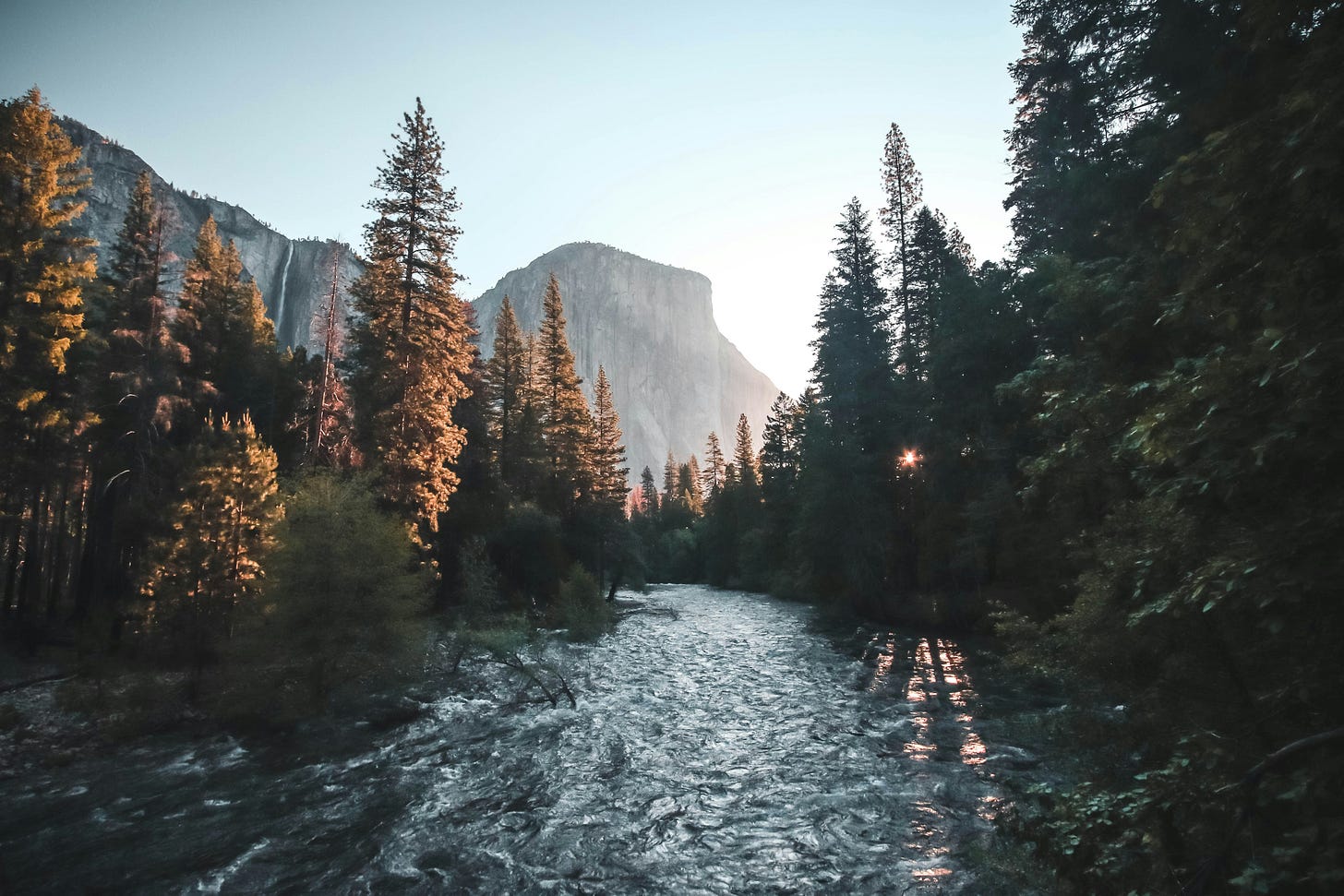
As soon as he said it, I knew he was right. This twist in the river too belonged to the great current, and if I could manage to trust even this current I didn’t understand, it might lead toward lands I’d barely dreamed of. And even if I didn’t like those lands, trusting the current might at least keep my boat from capsizing. I took a deep breath and decided to keep paddling.
That day, in a small way, I contacted the secret river—that wise and deep current flowing just below the surface of everyday life. I call it secret because most of the time we’re unaware of its presence. We move through life, cautious or determined, making it up as we go, taking our best guess at living. And wishing there were some way to know that what we are doing makes sense.
But once in a while we glimpse this river, dark and bewitching, as if a sparkle of fairy lights were rippling across its moon-kissed surface. And once in a while we can feel its strong current surging, inexorable.
And then once or twice in a lifetime—maybe when falling in love or welcoming a baby or finding a new home—we see this river revealed in all its splendor. Then we see how deep and how wise it is, carrying us forward through every twist and turn of life. Finally we know how all of it has all led to this very moment. We’re filled with joy to a degree we can barely express, reunited with all of ourselves.
One of those times happened for me just a few months later. Right after leaving it all behind I discovered the love of my life, and he turned out to be someone I had known since I was a teenager. It was the biggest, most joyful twist yet in the river, and I was overcome with bliss. My new life had been coming right around the bend. I just couldn’t see it yet; none of us can. Losing my old life had made room for a better new life than I had ever imagined.
It takes faith to trust the secret river. Opening to that free flow of life is always terrifying. Its power lies way beyond our control. It can surge with terrible force, upending everything. What kind of torrents will come? What kind of floods? Will the life I know be obliterated?
Sometimes the life we know does get swept away. And it is terrifying. But the floods of life will come whether or not we plan for them. Life is all about clearing things out, over and over, making room for something new. The river will have its way regardless of our wishes; the current will carry us whether or not we fight it.
So over quite a few years of watching this happen in my own life, I’ve learned that it makes sense to try as much as possible to flow with the river, not against it. To choose, whenever we can, to open to its life-giving current. Does this make the letting-go times any easier? Not much; in my experience they’re hard every time. But opening to that free flow is the only way to move forward with a heart of ease, a heart that can make room for whatever comes. Opening to the river, over and over, keeps us supple. It keeps us from getting brittle and cranky and being hard on ourselves and others.
Because the easiest way to tell if we’re trusting the waters of life is how we treat ourselves and others. Do we make room for the wildest dreams that arise inside us? Do we approach them with curiosity and care? Do we let ourselves have all our experiences, even the ones that look like mistakes, without judging ourselves? Do we let others have all their experiences too?
If we have lost touch with the life-giving flow, we will try to put the brakes on things we don’t appreciate or understand. This is why people try to control others—passing laws about what books other people may read or what healthcare they may have access to or how they may vote. At the root of all of these efforts to control lies a fear of the life force, which is so irrepressible that it often emerges in ways we just can’t make sense of. Trying to control or dominate others is a clue that people have lost touch with their spiritual source—with the waters of life flowing through them and all others, with this mystery of life that unfolds beyond our comprehending.
Nobody understands the life force. That is the message of evolution—that each being, each species, responds to their environment in ways that defy expectation. A finch living on a tropical island tries a new kind of food, and she passes her new habits down to her children, and over time these new habits separate some birds out from others, and eventually Darwin visits the Galápagos Islands and finds more than fifteen different species of finches.
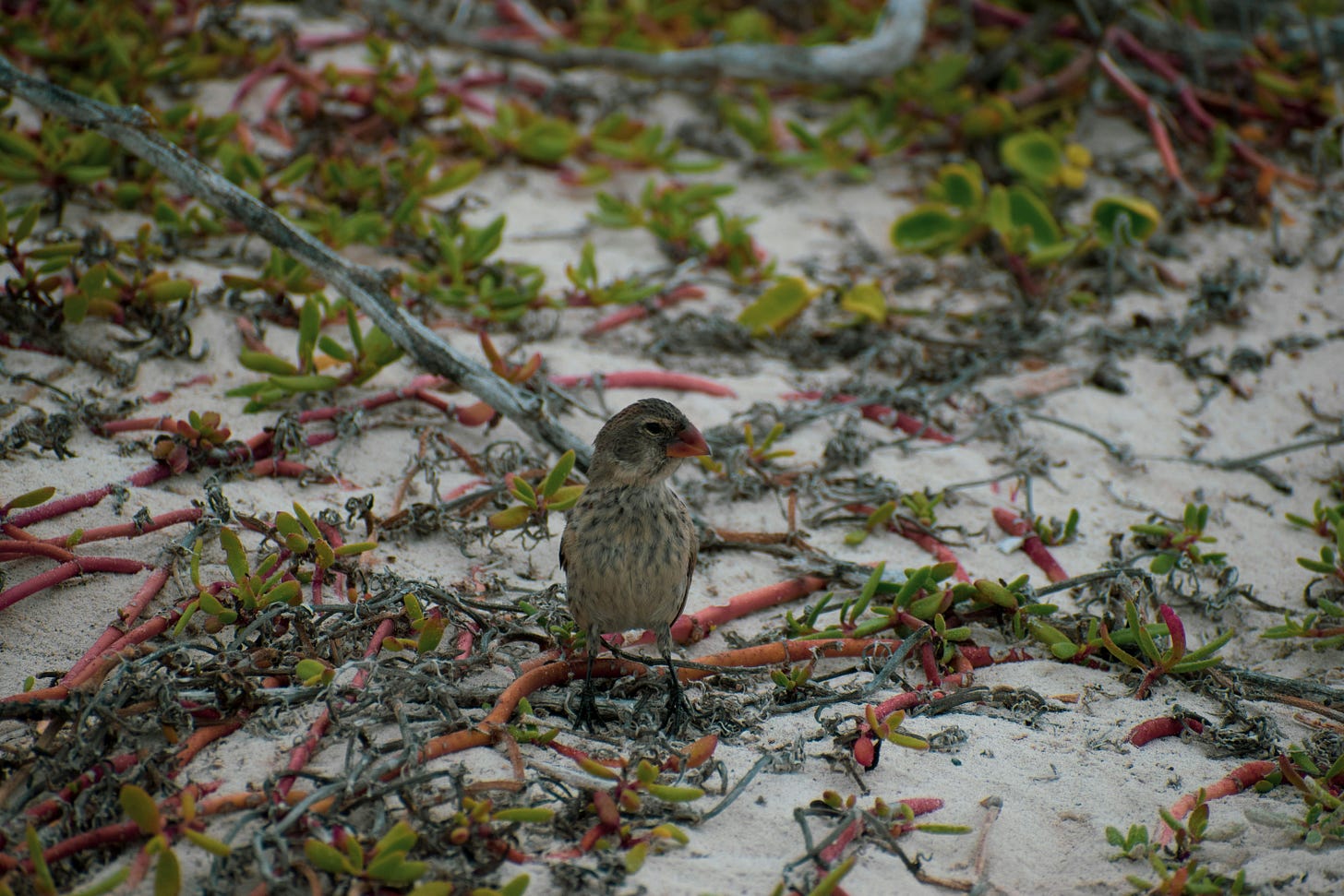
Life on Earth is always reaching toward something new. Which means that the arrow of evolution is always pointing toward diversity. Extinctions do happen and can slow the process of unfolding for a time. But as long as more variations evolve than go extinct, variety wins; complexity and richness keep increasing. To live in harmony with this continual unfolding is to open, over and over, to that mysterious becoming. To welcome, over and over, what is coming around the bend.
It’s all too easy to put a crimp on the flow of life within ourselves. Anytime we try to direct it according to how we think it should run, we put a check on the waters of life. We may choose our goals and make our plans. We think setting our minds to it will make it all happen. But trying to create things with the power of the mind doesn’t work in the long run, as everyone who made New Year’s resolutions finds out by February. Willpower by itself does not see us through.
The waters of life have their own wisdom, and a wise person opens as much as possible to their flow. Sensing that flow and seeking to move in harmony with it is the real art of living well—of living with peace and equanimity and feeling fully alive.
Earlier I said that how we treat people offers a clue to how connected we are to our spiritual source, how open we are to the Great Becoming of life. It applies to how we treat the Earth too—all the waters and animals and trees and soil. And in this regard, my culture has a long history of dominating water.
I keep thinking about how redirecting rivers and drying up lakes goes way, way back in Western culture. The earliest draining project that we have record of took place in Greece in about 1400 BCE. The ancestors of the Greeks, called the Mycenaeans, were a society centered on palaces and kings. With their centralized wealth they decided one day to drain a large, shallow lake to make some new farmland.
Two rivers fed the lake, so they started by digging huge canals to divert the rivers. They sent the rivers toward some nearby sinkholes instead. Then they built huge ten-foot-thick walls of fitted boulders to hold the water out of their new farmland. Their engineering skills were so impressive that what they accomplished would not be copied until many centuries later.
I think too of the Dutch, who have been holding back the sea since forever. This week I learned that draining the low-lying lands along the Dutch coast actually jump-started the rise of capitalism. And it worked like this: Farmers along the coast had dealt with flooding since Roman times, so they learned early on how to drain their fields and build dikes to keep the water out. But the dried-out lands kept sinking and subsiding—because they didn’t have water to keep them expanded—and at the same time the sea was slowly rising. Farmers needed more powerful measures. So by the 1200s the Dutch were using windmills to pump the water away from their fields. But windmills are expensive, so local governments financed them by offering loans, or bonds, to local people. This spread out the cost of the windmill among many shareholders. Once the fresh dry land had been made to produce crops, anyone who had invested in the windmill could share in the profits.
Over time, financing windmills turned to financing ships bound for the Spice Islands, and soon anyone in the Netherlands who had spare cash was investing in profit ventures. By the early 1600s Amsterdam hosted a stock market and a futures market, and all these institutions made possible the Industrial Revolution a century and a half later and the entrenching of capitalism. And it all started with controlling water.
I also learned this week that the Dutch government has begun giving some of this reclaimed land back to the sea. They’ve set aside dozens of coastal areas to revert to marshlands. These areas are flooding again with water so that nearby cities can stay dry. It’s the first of many choices that the Low Countries will face as sea levels rise with climate change.
So when it comes to controlling water, I think back to those ancient Mycenaeans, almost 3500 years ago, reclaiming the land below a lake. I am awed by their ingenuity—the genius of their rock walls, made only with hand tools, fitted together without mortar. They were dominating nature, sure, but weren’t they also being innovative and smart?
But then I think about what goes into modifying the land on such a large scale. To want to get rid of a two rivers and a lake, you have ignore many things, like the fish spawning in the lake—how they feed the shore-dwelling animals and the kingfisher birds. You have to not care about the trees lining the banks of the lake or the birds nesting in them to raise their young. You have to be oblivious to the butterflies puddling in the muck at the edges of the lake or the reeds lining its shores, giving cover and food to countless small animals and insects and birds. You have to not care about beavers or sturgeon or eels, sparrows or snakes or dragonflies—the whole community nourished by the water. You have to be convinced that your own way of getting food justifies destroying everything else. But you’re probably already past thinking of what you’re doing as destructive, because in your mind the water is just in your way—it’s an impediment to your goal, not a source of life for all.
So yes, to modify land and water at that scale requires a kind of hubris that is all bound up with a loss of spiritual connection. To get rid of a lake, those ancient Mycenaeans had to already be thinking about water as an object, a thing to be manipulated. Sending two rivers into sinkholes took seeing rivers as expendable and water as a problem. By 1400 BCE the Mycenaeans had already lost their ability to appreciate what rivers do. They had forgotten to be amazed at the complex interrelations of trees and soil and water and animals and insects and birds. They were no longer in awe of natural processes they didn’t understand; they may even have thought they knew everything they needed to know. It was indeed a spiritual impoverishment: an inability to perceive forces greater than themselves and to be amazed and grateful in their presence.
In those ancient builders we can see many ideas that feed today’s crises: The idea that human hunger is opposed to nature and can only be satisfied by destroying nature. The sense of entitlement that allows people to even consider destroying a lake or a wetland or a river. The hubris of thinking that we know as much as we need to know about nature to safely change it forever.
Poet Audre Lorde is famous for saying, “The master’s tools will never dismantle the master’s house.” It’s true in our relationship with nature too. The old tools of dominion cannot build us a livable future. The future we seek can be won only by working with nature, not against it—by humbling ourselves and being willing to learn from ladybugs and starfish and fungi and pines. By living alongside our more-than-human neighbors and learning to treat them as the precious relatives they are, our next of kin. By learning from water—leaning into its power instead of trying to contain it with checks and weirs and dams.
And the same is true in our individual lives as well. For the great rivers of the Earth are not separate from the secret river flowing just below the surface of every life. The two kinds of water do not act in fundamentally different ways. They are not two rivers; they are part of the same Great Becoming of life. What arises within us is part of the mystery of becoming; what flows across the land is also part of that becoming.
So it makes sense that a people who through time have drained lakes and straightened rivers and destroyed wetlands might also seek to dam the rivers of life flowing within the human heart. The urge to control the waters of the Earth and the urge to control the flow of life within ourselves are part of the same pattern: making things happen according to the will. Forgetting how unknowable the mysteries of life really are, how far beyond human comprehending.
When we find ourselves grasping for control over ourselves or others, it’s a clue that we are losing our spiritual connection to the rivers of life—our ability to flow with the currents and trust where they lead. Nature always exceeds our mental models, and forgetting this simple truth can lead to trying to force the land—or our own bodies—to do our bidding. It is all too easy to try to make ourselves or others fit the given molds instead of flowing forward as water does, always moving toward something new.
And when people lose touch with nature’s drive for diversity—its momentum toward greater richness and variety—they can turn into authoritarians, intolerant of the life force emerging in others. They can turn into autocrats, drunk on power. Those who are willing to do anything to gain or hold onto power have no spiritual life. They have fallen out of connection with the mysteries of becoming.
Whatever helps us keep opening to life is a spiritual practice. Whether it is meditating or making art, playing with children or playing basketball, praying quietly or restoring a creek, if it helps us stay supple, it is a spiritual support. It helps us open to even those currents we don’t understand. Whatever fills us with wonder and awe will help us remember our very small place in a very large universe. It will keep us flowing with the waters of life.
Trusting the secret river takes faith. It takes patience. It takes a willingness to wait and see: maybe what is happening to me isn’t as bad as it feels right now. Maybe life will flow again into places I’ve barely dreamed of going. Maybe I will look back and see how it all makes sense.
This is not the same as wishing bad things away. It is not the same as hoping that problems will solve themselves. It is not an excuse to sit on the sidelines when calls for justice arise.
But it is a word of hope from someone who’s had to follow a few bends in the river. Throughout our lives, but especially starting at midlife, I find that life keeps asking one question: Am I going to keep living with these constraints I’ve placed on myself? Or am I going to plunge into the current and follow where it leads?
Wishing each of us enough courage to follow the currents, enough hope to stay curious about where they are going, and enough wisdom to trust the next bend in the great river.
For digging deeper
Poet Maya Popa published a beautifully wise post on Substack just as I was finishing up this one. She asks, “How Do We Know That What Happens to Us Isn’t Good?” It’s all about suspending judgment about what life throws our way and considering instead that it might lead to better places. She adds, “Nothing in our culture promotes this kind of thinking, which is dismissed as wishful.”
For a description of how the Mycenaeans drained the lake of Kopais, see D. Koutsoyiannis and A. N. Angelakis, “Hydrologic and Hydraulic Science and Technology in Ancient Greece,” Encyclopedia of Water Science, edited by B. A. Stewart and Terry A. Howell (New York: Marcel Dekker, 2003), 415–17. An online pdf version titled “Agricultural Hydraulic Works in Ancient Greece” is available at ResearchGate.
For how the Dutch jump-started capitalism with windmills, see Lewis Dartnell, Origins: How Earth’s History Shaped Human History (New York: Basic Books, 2019), chap. 4, “The Geography of the Seas.” For how the Dutch are reverting some lands to wetlands, see Naomi O’Leary, “When Will the Netherlands Disappear?” Politico, December 16, 2019.
Audre Lorde’s essay “The Master’s Tools Will Never Dismantle the Master’s House” appeared in Sister Outsider (1984). It grew out of her frustration with white feminists who were glossing over differences between women, which she and her Black sisters saw was just shoring up old patterns of power. She wrote, “Those of us who have been forged in the crucible of difference—those of us who are poor, who are lesbians, who are Black, who are older—know that survival is not an academic skill. It is learning how to take our differences and make them strengths. For the master’s tools will never dismantle the master’s house. They may allow us temporarily to beat him at his own game, but they will never enable us to bring about genuine change. And this fact is only threatening to those women who still define the master’s house as their only source of support.” Sister Outsider was rereleased in 2020 by Penguin with a new foreword by Mahogany L. Browne.
Political psychologist Karen Stenner argues that authoritarianism is defined by resisting diversity. While conservatives resist change, authoritarians resist diversity; authoritarianism is about intolerance. Her book is The Authoritarian Dynamic (Cambridge: Cambridge University Press, 2005). A brief form appears in a chapter by Karen Stenner and Jonathan Haidt, “Authoritarianism Is Not a Momentary Madness, but an Eternal Dynamic Within Liberal Democracies,” in Can It Happen Here? Authoritarianism in America, edited by Cass R. Sunstein (New York: William Morrow, 2018), 175–220. Download a pdf of the chapter at this link.

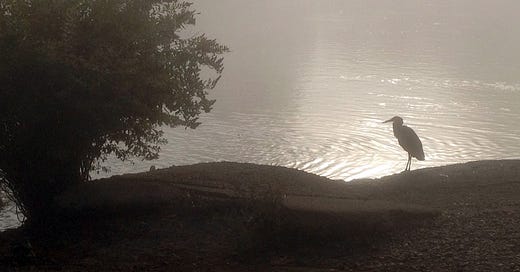


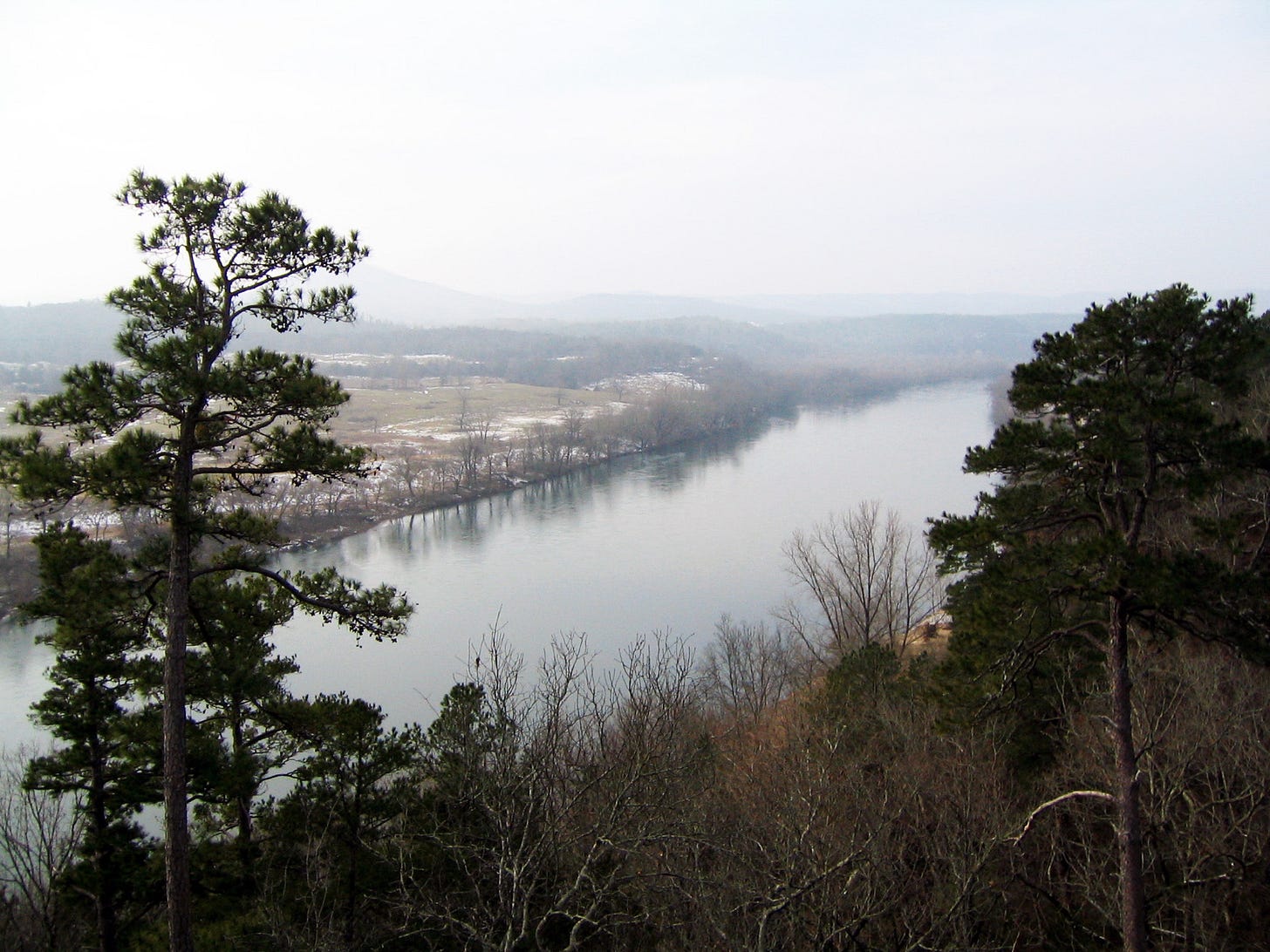
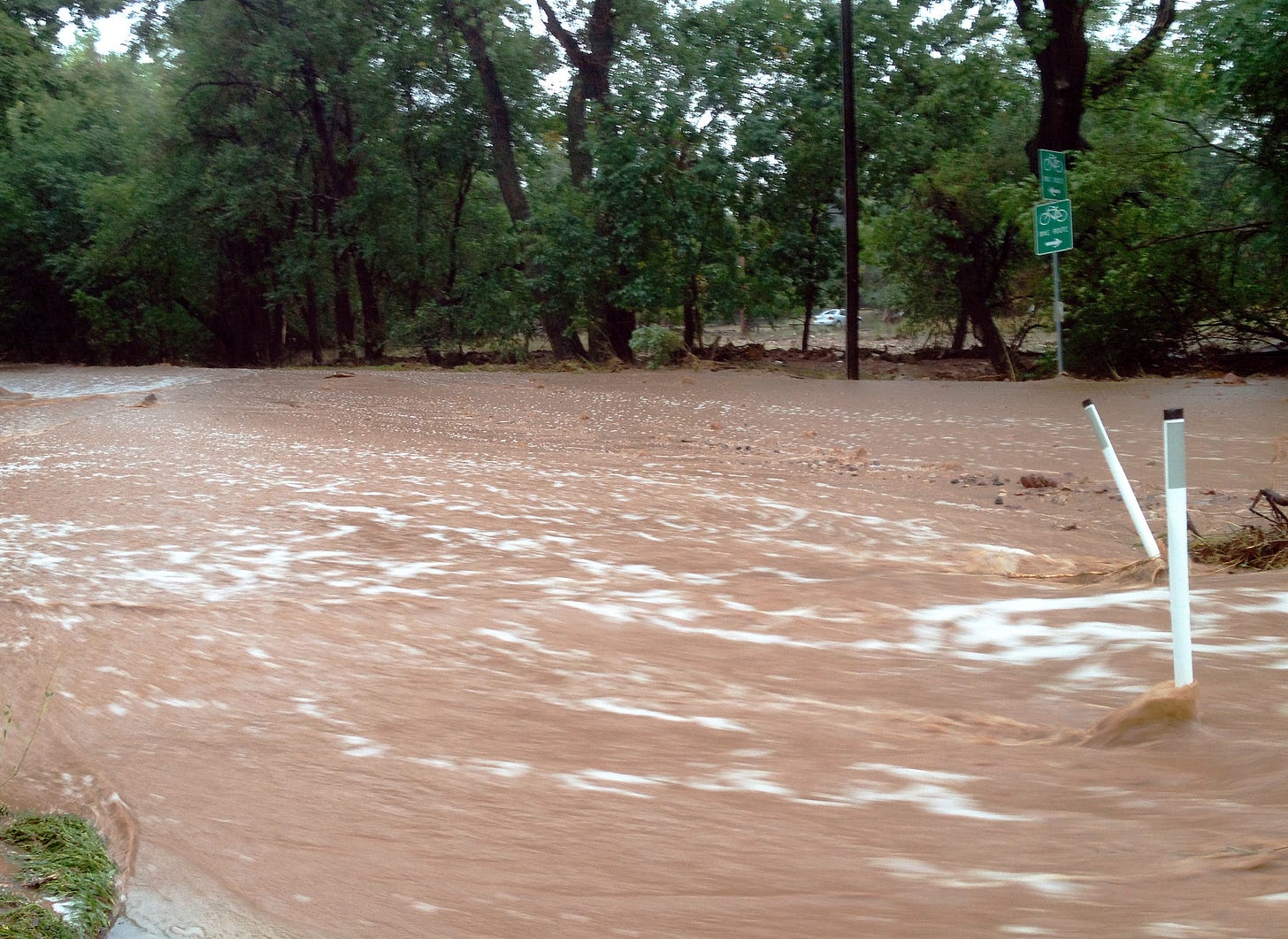
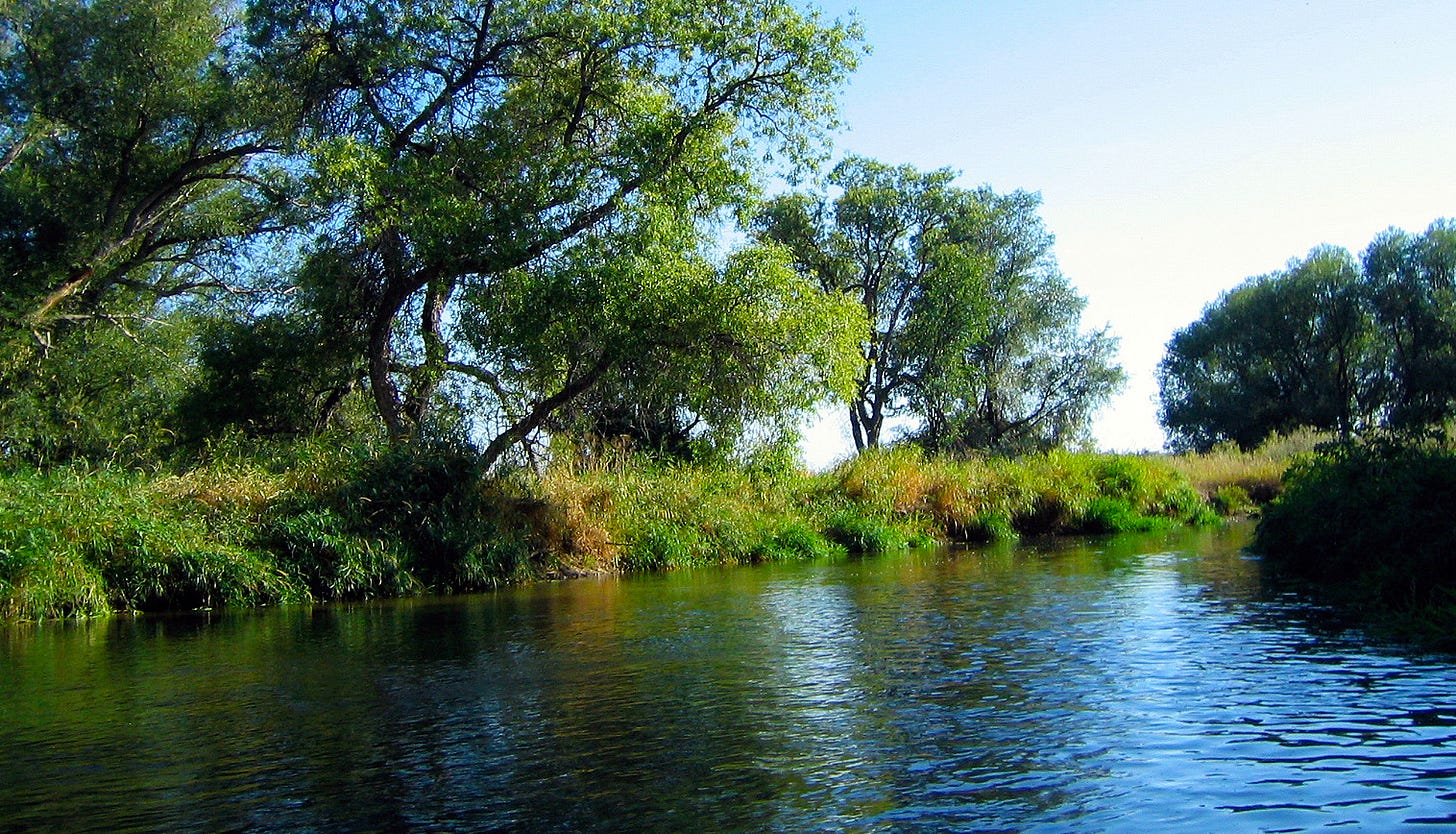

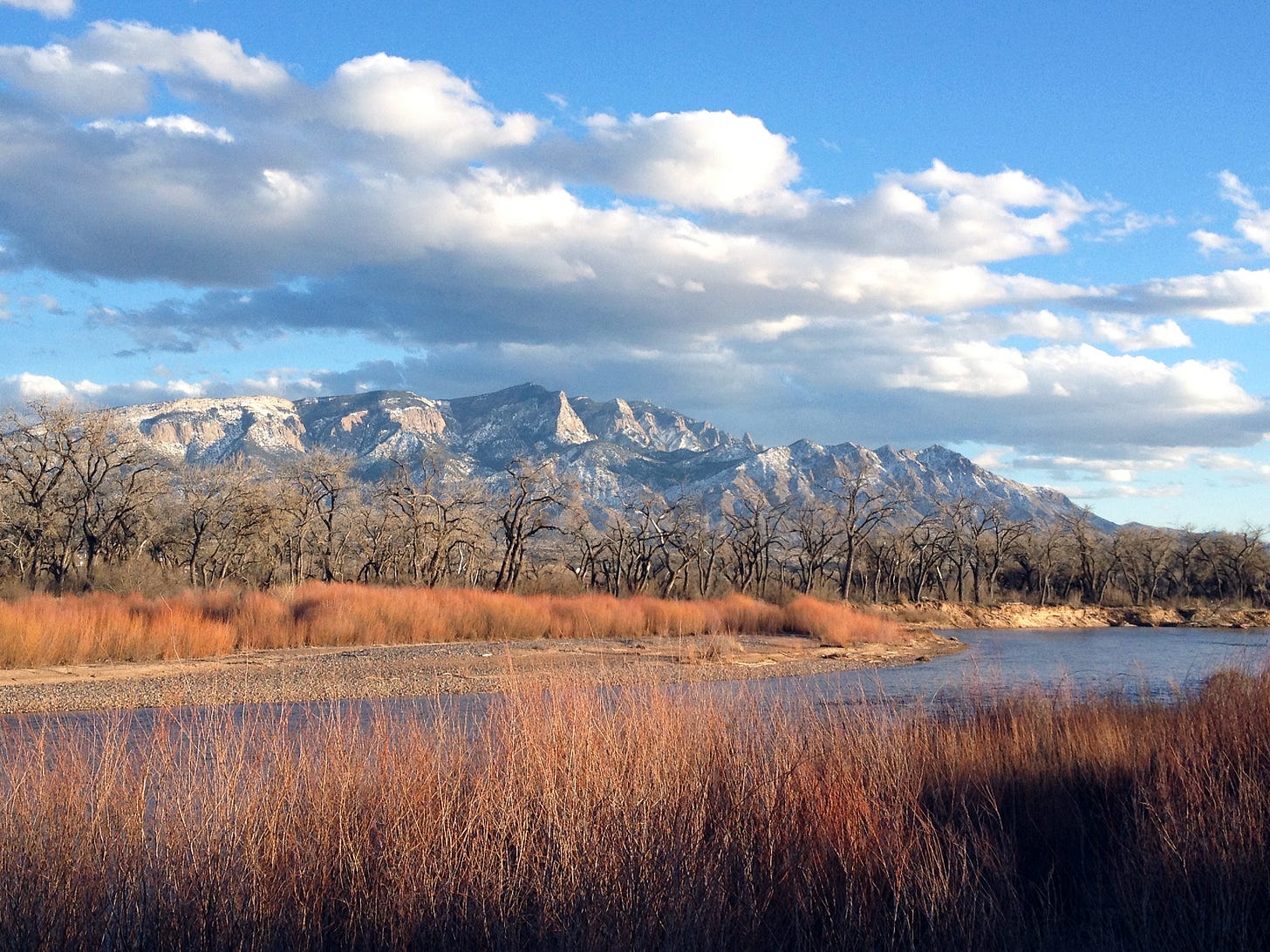





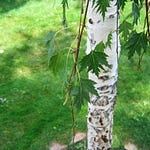



Share this post